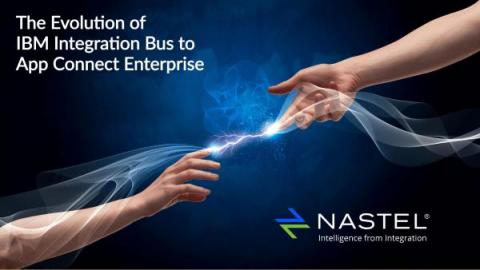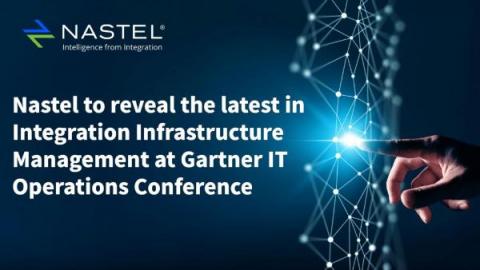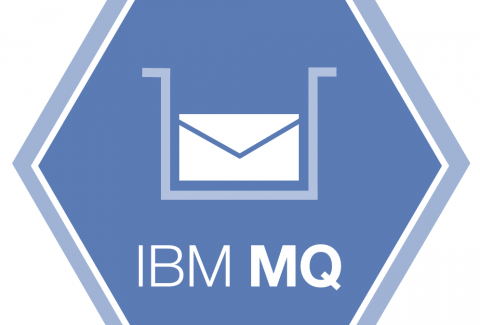The Evolution of IBM Integration Bus to App Connect Enterprise
IBM Integration Bus was one of the first messaging middleware applications to be developed and it has gone through many iterations to reach the stage we are at today with App Connect Enterprise. Like any software application, it has become more feature-rich as time has passed and each iteration has marked a new milestone in the capabilities that it has delivered. We will trace some of the evolutionary paths of IBM Integration Bus to see how it came to be where it is today.








